Willy Ronis - Gifted Gallery
- Lilium

- Aug 17, 2022
- 3 min read

Willy Ronis was a French photographer. His best-known work shows life in post-war Paris and Provence.
Ronis was born in Paris; his father, Emmanuel Ronis, was a Jewish refugee from Odessa, and his mother, Ida Gluckmann, was a refugee from Lithuania, both escaped from the pogroms. His father opened a photography studio in Montmartre, and his mother gave piano lessons. Ronnis' early interest was music and he hoped to become a composer. His passion for music has been observed in his photographs.
Returning from compulsory military service in 1932, his violin studies were put on hold because his father's cancer required Ronis to take over the family portrait business. The work of photographers, Alfred Stieglitz and Ansel Adams inspired Ronis to begin exploring photography. His father died in 1936, whereupon Ronis sold the business and set up as a freelance photographer, his first work being published in Regards.
In 1937 he met David Seymour and Robert Capa, and did his first work for Plaisir de France; in 1938–39 he reported on a strike at Citroën and traveled in the Balkans. With Henri Cartier-Bresson, Ronis belonged to Association des Écrivains et Artistes Révolutionnaires, and remained a man of the left. In 1946 Ronis joined the photo agency Rapho, with Brassaï, Robert Doisneau and Ergy Landau, and was instrumental in forming the professional association Le Groupe des XV, and later joined Les 30 x 40, Club Photographique de Paris. Ronis became the first French photographer to work for Life.
Ronis' nudes and fashion work (for Vogue and Le Jardin des modes) show his appreciation for natural beauty; meanwhile, he remained a principled news photographer, resigning from Rapho for a 25-year period when he objected to the hostile captioning by The New York Times to his photograph of a strike. Despite stiff competition from Robert Doisneau and others, the Oxford Companion to the Photograph terms Ronis "the photographer of Paris par excellence".

Ronis' wife, the Communist militant painter Marie-Anne Lansiaux, was the subject of his well-known 1949 photograph, Nu provençal (Provençal nude). The photograph, taken in a house that Marie-Anne and he had just bought in Gordes, showed Marie-Anne washing at a basin with a water pitcher on the floor and an open window through which the viewer can see a garden, this is noted for its ability to convey an easy feeling of Provençal life. The photograph was a "huge success", Ronis would comment, "The destiny of this image, published constantly around the world, still astonishes me." Ronis lived in Provence from the 1960s to the 1980s.
In 1953, Edward Steichen included Ronis, Cartier-Bresson, Robert Doisneau, Izis, and Brassaï in an exhibition at the Museum of Modern Art titled Five French Photographers. In 1955, Ronis was included in The Family of Man exhibition. The Venice Biennale awarded him its Gold Medal in 1957.

Ronis began teaching in the 1950s, and taught at the School of Fine Arts in Avignon, Aix-en-Provence where he met Pierre-Jean Amar and Saint Charles, Marseilles. In 1979 he was awarded the Grand Prix des Arts et Lettres for Photography by the Minister for Culture. Ronis won the Prix Nadar in 1981 for his photo book, Sur le fil du hasard.
Ronis continued to live and work in Paris, although he stopped photography in 2001, since he required a cane to walk and could not move around with his camera. He also worked on books for the publisher Taschen.
In 2005–2006 the Paris city hall held Willy Ronis in Paris, a retrospective exhibition of his work, that had more than 500,000 visitors. There was also an exhibition at Rencontres d'Arles festival, Arles, France, in 2009. Ronis died at age 99, on 12 September 2009. He is best remembered for his his poetic images of life in post-World War II Paris.
Reading Recommendations & Content Considerations

by
Willy Ronis




























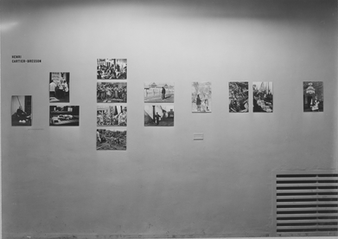







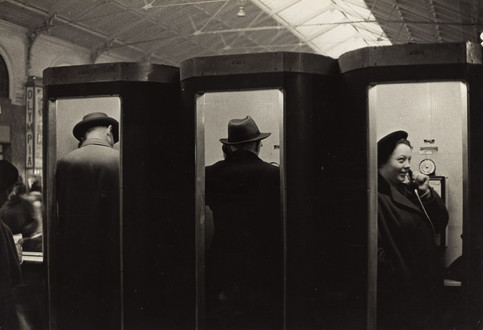

























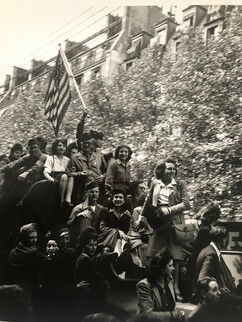



















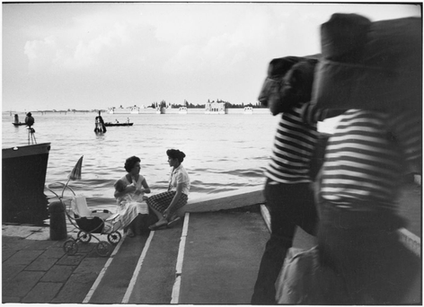







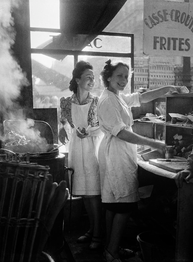







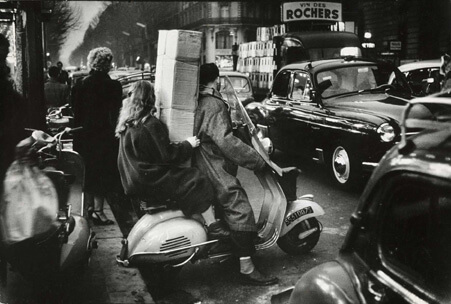



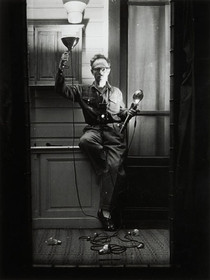











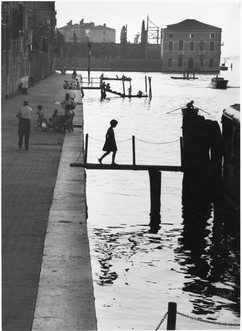

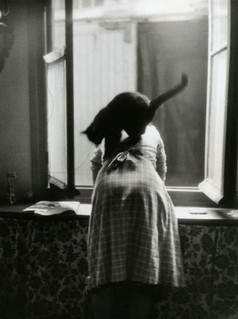
















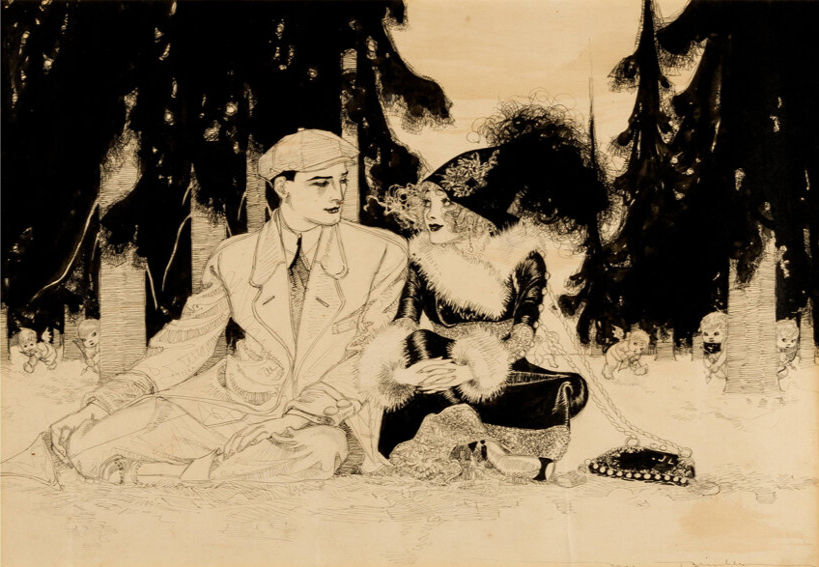


Comments